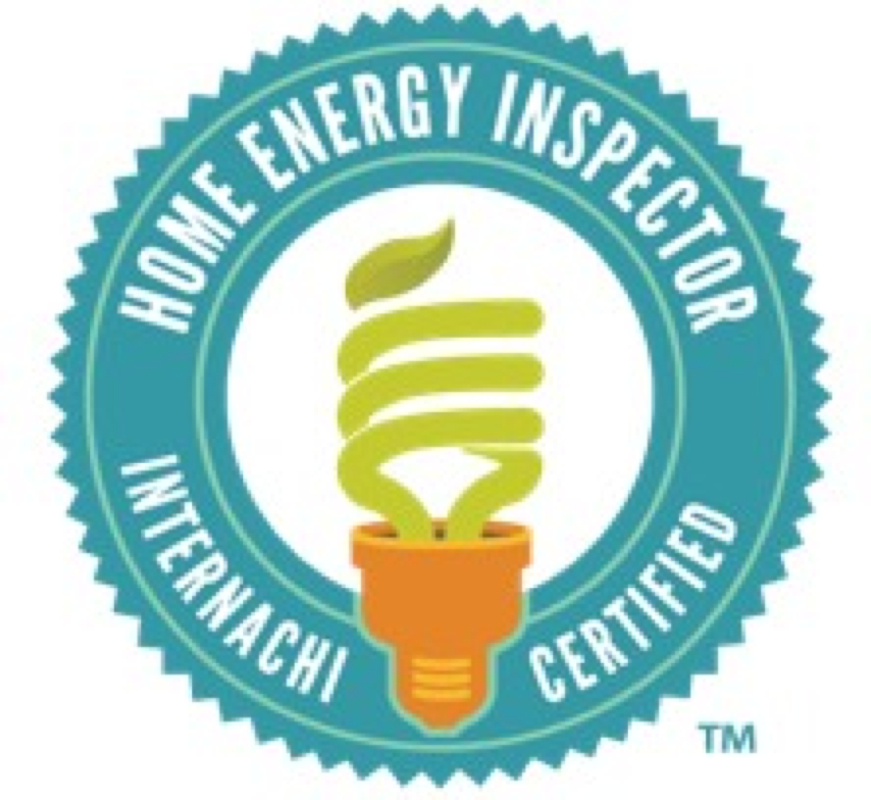http://fwd2.wistia.com/medias/uu2lq36pp6
As we show you in this video, an inspector checks the safety of your potential new home. Home Inspectors focus especially on the structure, construction and mechanical systems of the house and will make you aware of only repairs that are needed. The Inspector does not evaluate whether or not you're getting good value for your money. Generally, an inspector checks (and gives estimates for repairs on): the electrical system, plumbing and waste disposal, the water heater, insulation and Ventilation the heating and AC system, water source and quality the potential presence of pests the foundation, doors, windows, ceilings, walls, floors, and roof. Be sure to hire a home inspector that is qualified and experienced. It's a good idea to have an inspection before you sign a written offer since once the deal is closed you've bought the house as-is.


 RSS Feed
RSS Feed
